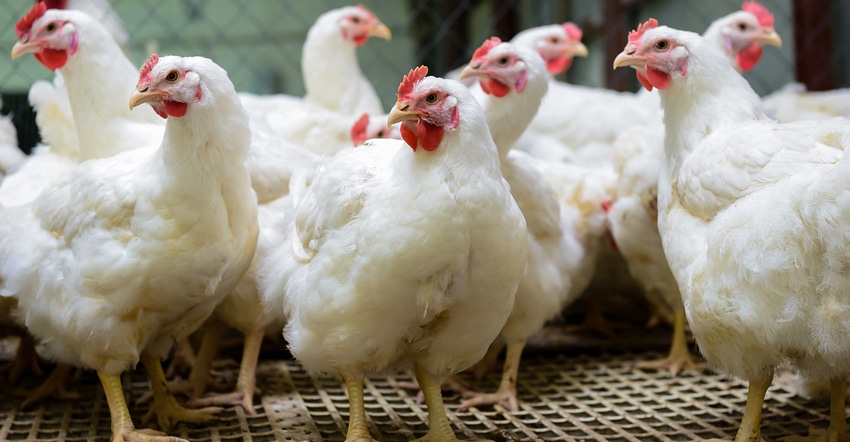November 2, 2017

Laws that changed animal confinement standards in California raised the price of eggs dramatically upon adoption and have kept prices higher than had the laws not been enacted, according to a Purdue University study. An analysis of the laws’ effects on egg production and prices in California could inform other states considering similar legislation.
The 2008 Prevention of Farm Animal Cruelty Act, approved by 63% of California voters, requires animal producers to increase the amount of space available to animals in chicken battery cages, veal crates and sow gestation crates. Taking effect in January 2015, the law requires that confined spaces be large enough to allow animals to “turn around freely, lie down, stand up, and fully extend their limbs.” The law banned production and sale of products that didn’t meet these requirements, and another law required products imported from other states follow the same rules.

California egg producers started implementing the new rules years before required by removing one or more hens from battery cages that house multiple birds. So even before 2015 there were fewer hens, and production in the state started to drop.
“Initially, consumers got the same amount of eggs. California retailers were importing eggs from other states to make up for the shortfall,” Lusk says. “Leading up to the point at which the policies went into place, the number of eggs wasn’t different, but they were coming from other places.”
But once the laws went into effect, many of those imports stopped because out-of-state producers were not all following the confinement space rules under the laws. Supply declined, and prices rose.
By July 2016, the number of egg-laying hens and eggs produced in California had dropped by 35%. Lusk and Mullally say that led to price increases as high as 33% per dozen. The average price for a dozen eggs was 22% higher from December 2014 to September 2016.
“Our results indicate that over the 22 months observed in our data after the initial structural break in retail prices, total consumer welfare losses from higher retail prices in the three markets considered by this article were between $117 million and $144 million, or between $12.15 and $14.97 per household,” the authors wrote.
Higher prices
By fall of 2016, prices were about 9% higher than they would have been without the new law.
“Egg prices compared to other places increased pretty dramatically,” Lusk says. “Over time, that price impact diminished a little bit, but it hasn’t gone away completely. Californians initially paid quite a bit more for eggs, and now they’re paying more, but not as much as right when the law went into effect.”
Lower prices at the end of the study may stem from a boost in supply following an avian flu epidemic.
“After the recovery of the egg industry from the 2015 bird flu outbreak, there was a glut of eggs on the market that led to record-low prices. The large available supply would have made it fairly easy to redirect eggs to California in response to high prices,” Mullally says.
But egg production in California is still significantly lower than it has been before the new laws took effect. According to data from the USDA’s National Agricultural Statistics Service, California produced more than 5 billion eggs every year from 2008 to 2013. By 2014, that number had dropped to about 4.6 billion, and in 2015 and 2016, California hens produced fewer than 3.5 billion eggs.
Lusk and Mullally don’t take a stance on the animal welfare law but wanted to understand what it meant in terms of production and cost for producers and consumers. They believe the findings can inform residents and lawmakers from other states that are considering laws that require larger living spaces or free-range requirements for animals.
“Improving animal welfare may be a worthy policy goal; however, our results show that any such policy changes come with a price,” Mullally says. “Policymakers and animal welfare advocates will have to weigh the costs described in our article against any perceived benefits. Given the large impacts on production, it will be particularly important for policymakers and animal welfare advocates to engage with the egg industry.”
The findings also show that because of higher retail egg prices, Californians may experience at least a $25 million annual welfare loss, a monetary measure of how a change affects quality of life. The figure of $25 million does not factor in higher prices paid for meals in restaurants, hotels, etc., suggesting that actual welfare losses could be significantly higher.
Lusk’s future work on the issue will look at consumers’ stated preferences for cage-free eggs and the actual demand for those products. In surveys, a growing number of consumers say they want cage-free eggs, but the demand for those products has not matched up.
Source: Purdue University
You May Also Like




